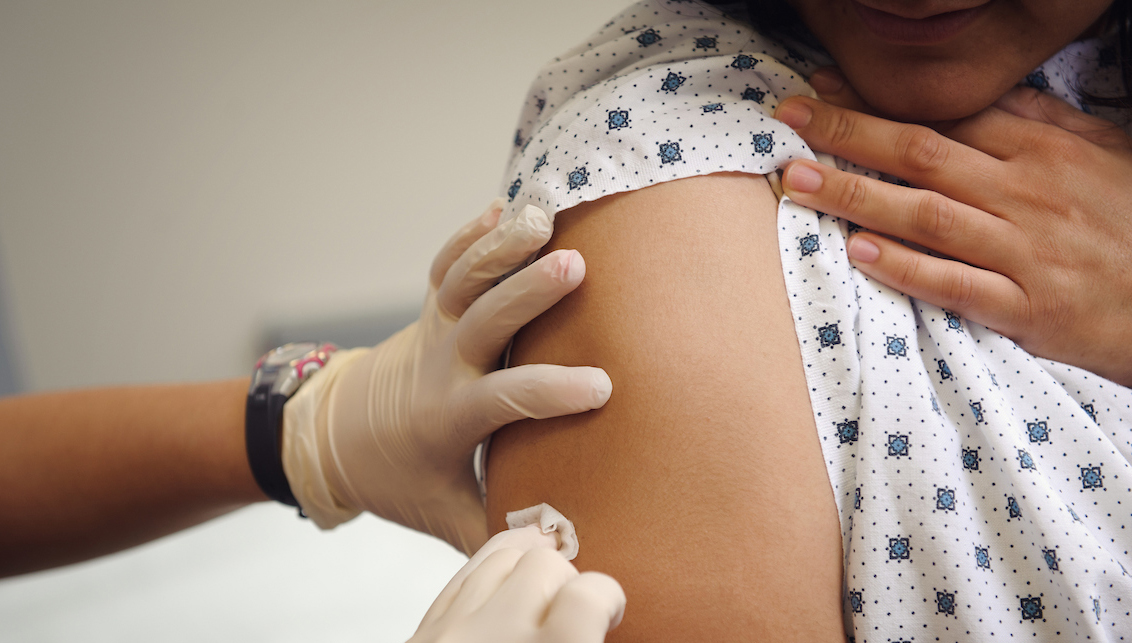Working to educate about public health
“Individuals will achieve healthier lifestyles when prevention and wellness programs are accessible and available in their workplace, through their health provider, and in their communities.” — U.S. Rep. Ron Wittman, R-Virginia
Prior to the COVID-19 pandemic, those of us in public health routinely found ourselves providing first introductions between individuals and the field of public health.
Yes, public health includes COVID-19 efforts, but public health is so much more, and it impacts you every day in ways you never see.
The American Public Health Association says that “Public health promotes and protects the health of people and the communities where they live, learn, work and play.”
The Texas A&M University School of Public Health was founded in 1998. Our mission is to transform public health through interdisciplinary inquiry, innovative solutions, and development of leaders through the Aggie tradition of service to engage diverse communities worldwide.
Our faculty, staff and students are working in communities and with community partners to utilize our academic and research programs to translate science into action to help all people live happier, healthier, safer and longer lives.
In recognition of this week’s National Public Health Week 2022—with the theme of “Public Health is Where You Are”—I want to discuss how public health impacts your life daily, often in ways that go unrecognized.
I didn’t discover public health until I was in graduate school, and now I have the privilege of serving as dean of the Texas A&M University School of Public Health.
I want to make sure others learn about public health and our school, and benefit from them, as early as possible.
Public health has always been difficult to understand for the many populations and communities we serve, and a part of that difficulty has been a lack of clear communication from those in public health.
Public health often is responsible for what does not happen, or better stated, what public health helps prevent from happening, which is always a difficult concept to present. However, in a world where public health terms such as “herd immunity” and “causal relationships” are now used in casual conversation, public health practitioners find a different communications challenge.
Instead of encountering individuals or populations who are being introduced to public health, we are encountering populations familiar with the public health COVID-19 efforts who then assume COVID-19 and infectious diseases are public health’s only responsibilities.
Here are just a few examples you may encounter in your life that show what public health is:
A grandmother happily chasing grandchildren around the living room because she participated in a program designed to help keep her diabetes under control, improving her quality of life.
A person getting another chance in life due to policies that equip first responders with Naloxone to counteract an opioid overdose in the field.
A child learning the importance of nutrition and healthy eating through games and activities created for the U.S. Department of Agriculture’s MyPlate program.
Workers sustaining fewer injuries because a company used ergonomic and occupational health expertise and equipment to improve the safety and health of its workforce, which also reduced health care costs.
A town that is devastated by tornados quickly receiving emergency personnel and supplies to aid in its recovery because of advance emergency planning and preparation efforts of the state and surrounding communities.
A community in rural Texas that goes through a community health improvement plan that installs new policies that empower community organizations and members to work toward improving overall community health by setting priorities and resources.
A previously unknown chemical being removed from the environment of a community because of investigation by an epidemiologist who identifies a cancer cluster that leads to the identification of that chemical.
Public health is all these things and so much more and is truly “Where You Are.”
One of the six core values of Texas A&M University is selfless service, and this is the value that I think most exemplifies individuals who go into the field of public health.
Much like our colleagues in the medical and allied health fields, public health wishes to serve and help others.
Instead of looking at how we can help people at the individual level, however, we approach it from the population level. Public health explores the population level causes of poor health and disease and develops interventions to improve health and quality of life.
The Texas A&M School of Public Health is just one component of the public health system, and like all organizations within that system, it is full of hardworking, knowledgeable, and trustworthy individuals who want to do the best they can to improve the health and safety of everyone in the communities in which we live, learn, work and play.
As we celebrate National Public Health Week, we hope to bring people together around various public health topics, which will require all of us to address in the future. Happy Public Heath Week to all public health practitioners, and to all of us who benefit daily from public health successes.
Media contact: media@tamu.edu

